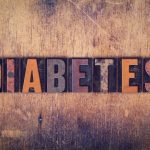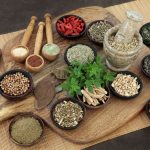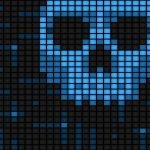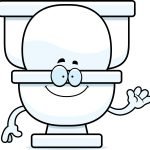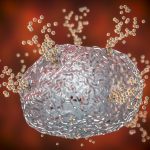Optimizing Recovery: Using Acupuncture, Trigger-point Injection, & Red Light Therapy
JANNINE KRAUSE, ND, EAMP
Since NASA released its research findings in the early 1990s, red light therapy has been touted as an excellent tool for wound healing and reducing pain and inflammation. Since then, technology and delivery methods have advanced, as have the novel ways in which clinicians can incorporate and pair treatments with red light therapy. This article will introduce you to methods you can use to help your patients recover effectively from the stress of their day and workouts.
Red light therapy can be thought of as a booster to just about any treatment protocol you might use, since it increases the effectiveness of other treatments by increasing circulation.
Consider this: The majority of your patients are likely stressed out, fatigued, and struggling to recover from their day, including workouts, assuming they are able to get them in. Being stuck in fight-or-flight mode interferes with general circulation, which leaves organs and chronically injured areas, such as tendons and ligaments, starved for oxygen and other nutrients. Tissues that lack adequate circulation remain inflamed and are slow to heal.
Decreased circulation also makes it tough for cells to remove byproducts of the energy-making process. As a result, your patients end up with malnourished cells that struggle to make ATP and to detoxify. That inability to get the cells what they need and to detoxify is a primary cause of fatigue in your patients, and it’s happening on a daily basis, not just post-workout.
Mitochondrial Nutrition
Red light therapy works by stimulating cells with specific wavelengths of red light (660-680 nm is the ideal) that turn on red light receptors in the mitochondria to make ATP. Red light therapy alone can be effective; however, most patients will be lacking some of the nutrients necessary for optimal mitochondrial function. It’s also possible that your patient is not making sufficient amounts of glutathione, your body’s natural janitor, to clear out the byproducts of ATP production. Here are some of the key mitochondrial nutrients that will help your patients get the most benefit from red light therapy:
- Nitric oxide
- Coenzyme Q10 (CoQ10)
- B vitamins
- Magnesium
- L-carnitine
- Alpha-lipoic acid
- N-Acetylcysteine (precursor to glutathione)
Chances are you’ve had your patients take many or all of these nutrients to help with energy production. But have you combined these specifically with red light therapy to get the most out of your treatment protocols? Perhaps you haven’t seen ideal results with supplementation and are thus considering IV therapy or injections to optimize your patients’ results. Combining intramuscular injection therapy with red light therapy is a great way to optimize results.
Red light therapy, much like acupuncture and trigger-point injections, has a stimulating effect on the local area being treated. Once you’ve determined which nutrients are needed to help your patients maximize their mitochondrial energy-making processes (I recommend white blood cell testing), it’s time to add in a stimulating therapy.
Stimulating Circulation
Because red light therapy has limited potential due to its depth of penetration – most devices report 1-3 mm of penetration, with 10 mm on the maximum end – it is helpful to pair the therapy with another tool that increases circulation on a deeper level. This is why I have incorporated acupuncture and trigger-point injection therapy to enhance the effects of red light therapy.
Any puncture to the skin stimulates the body to increase circulation to that area. By using a tool that is able to penetrate up to an inch or more into the muscle tissue, you promote a stronger stimulatory effect on the circulation.
In Traditional Chinese Medicine, pain from injury and disease are described as having roots in poor circulation. You may be familiar with the terms, qi and blood deficiency, or qi and blood stagnation. These terms describe a lack of energy-making ability in an area of pain or injury, but also a lack of blood flow in these areas. So, what better way to stimulate blood and qi flow than to use acupuncture combined with red light therapy?
Another way to stimulate qi and blood flow is through the use of trigger-point injections. These injections are typically used to target the neuromuscular junction, the region where the nerve enters the muscle. This is a great spot to not only increase circulation, but also to deliver nutrients to the malnourished nerves and mitochondria of the muscle cells.
Trigger-Point Injections
Whether a patient has chronically tight and tense muscles due to stress, poor posture, or an acute or chronic injury, using trigger-point injections with vitamins, nutrients or peptides combined with red light therapy can be an excellent way to optimize patient results. By delivering nutrients directly to the affected area via an injection and promoting regional circulation at the same time, you are more effectively targeting the problem area and promoting faster results.
Since all patients come with unique needs and deficiencies, it’s important to target your injection therapy to your patient’s individual needs. Here are some injectable nutrients and peptides that are commonly indicated in my patients:
- proprietary combination homeopathic – to help heal chronic or acute injuries
- MIC* B12, or B12 alone – to stimulate cell metabolism
- MIC* Carnitine, B1, B5 – to stimulate cell metabolism
- B Complex, or B6 alone – to stimulate cell metabolism
- BCAAs (branched-chain amino acids) – to stimulate muscle recovery
- CoQ10 – to boost energy production in a weak, locked long upper-back muscle
- NAD+ – to boost energy in a weak or chronically injured tendon or muscle region
- Glutathione – to enhance cellular detoxification
- Pentadecapeptide, containing 15 amino acids – to stimulate repair of tendons, ligaments, and muscles from injuries
*MIC = methionine, inositol, choline. These nutrients accelerate the breakdown of fat in the body, especially in stubborn areas such as cellulite-prone areas.
These nutrients and peptides can be combined to cover all aspects of your patient’s condition. It is also possible to utilize bio-puncture techniques, where acupuncture points are injected with homeopathic formulas for healing, in combination with red light therapy.
Recommendations for Success
Red light therapy, acupuncture, and trigger-point injections can all be combined in 1 visit. If you are not an acupuncturist, you can utilize myofascial techniques to promote local circulation. Treatments combining these therapies are typically performed 1-2 times per week for 4-10 weeks for acute conditions, with resolution commonly occurring in the 4-5 week range; chronic conditioning can take up to 10 weeks.
After injections and acupuncture needles are placed, red light therapy is applied to the affected area for 20 minutes; total treatment time is 50 minutes. If you use injections and red light therapy alone, treatment duration is 30 minutes.
After you have completed a series of treatments, it is recommended to have the patient consider returning for monthly sessions that address the enhancement of general circulation and mitochondrial support as a method to prevent injury and sustain the results already achieved. It’s also recommended to have your patient consider the purchase of a home red light therapy panel to further enhance the benefits of the red light therapy.
By engaging your patient to participate in their continued care, you will see the long-standing benefits of promoting circulation: minimal or no pain, fewer injuries, and increased energy levels. Additionally, by seeing your patients once a month, you gain more insight into their daily struggles, obstacles, and routines. This allows you to help them on a deeper level to create a life that supports their health goals.

Jannine Krause, ND, EAMP is a naturopathic doctor, acupuncturist, and host of the podcast “The Health Fix.” Dr Krause practices in Tacoma and Renton, WA, where she specializes in helping her patients enhance their recovery from life, stress, and workouts so they can enjoy their life to the fullest. She’s on a mission to change the current healthcare model to one focused on health transformation, empowerment, and community support. When not in the office or on a podcast, Dr Krause can be found out in nature, whipping up a new recipe in her kitchen or reading a book curled up with her dog. Website: https://doctorjkrausend.com/.


